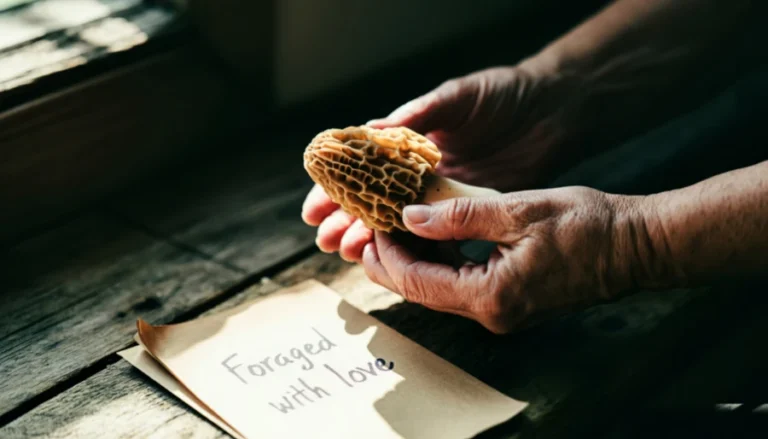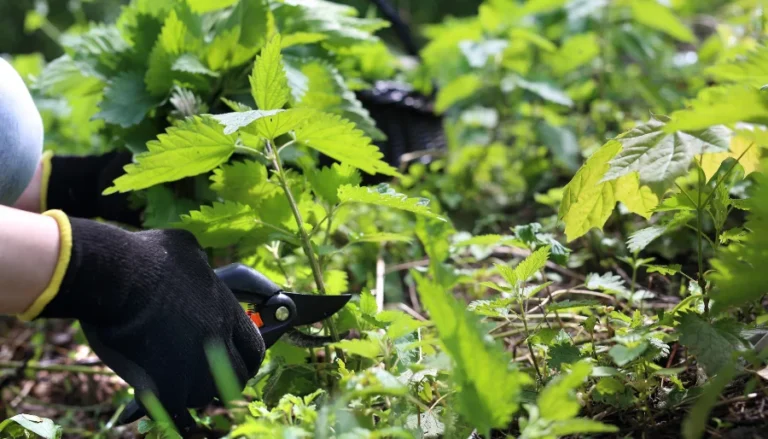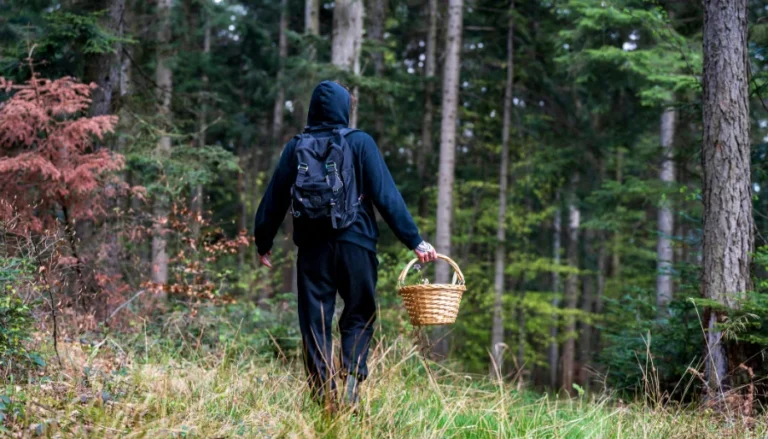Building a self-sufficient lifestyle can be one of the best decisions you make for your future, as well as your own peace of mind.
As you begin making changes to accommodate this new lifestyle – building new skills, shifting your mindset, paying off debt – you’ll also want to focus on how you can create a home that works for you, not against you.
Without realizing it, your living space can often play a big part in stopping you from achieving your goals.
Creating a self-sufficient home is a great way to support your new lifestyle and the best part is, it’s an eco-friendly way to protect and help the environment as well.
As you begin this journey, it may be a bit overwhelming, especially if you are starting from square one and have no clue where to begin. However, it’s important to remember that small steps lead to big changes over time.
Whether you want to turn your home into a well-oiled self-sufficient masterpiece or just make a few improvements here and there, you can easily do so without flipping your world or home upside down.
Here are 10 small, simple ways you can make your living space more self-sufficient in no time.
Build A Pantry
In order to be truly self-sufficient, you want to ensure that your living space includes a spot for all the essentials you need to feed your family for an extended period of time.
If you don’t already have a large pantry area, now would be the time to think about where you could place one. Any cool, dry area of the house would work, including an unused corner of your basement.
Setting up a pantry is fairly easy – you simply need to put up some shelving for storage and start stocking the necessary items for all those made from scratch meals you’ll be cooking.
If you happen to have your own garden or do any canning yourself, you have the perfect spot to store your excess produce until you need it.
Having a pantry allows you to buy in bulk (groceries and other necessities) and lower your grocery costs in the long run as well. You can use your pantry to stock your canned goods, pasta and rice, toilet paper, batteries, water, candles, flashlights, etc.
By making sure your home has a large pantry area, you will be better prepared in the event of an emergency, and what’s not to love about having a built-in grocery store at your fingertips? That’s a win-win for sure.
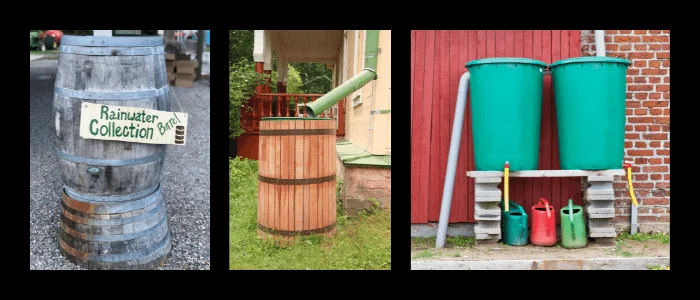
Collect Rainwater
One of the most important things to have on hand in the event of an emergency is plenty of water.
The majority of people do not keep nearly enough water on hand to survive long periods of time, but it’s a problem that can be easily fixed.
While going to the store and stocking up on water bottles or jugs is one solution (although not very eco-friendly), you can also take matters into your own hands and use what mother nature gives you – rainwater.
Now, before you wrinkle up your nose, there are several benefits to doing this. According to the EPA, harvesting rainwater through the use of rain barrels is a great way to conserve how much water you use each month, which is not only great for the environment, but also for your water bill.
Instead of breaking out the hose, you can use rainwater directly on your garden or landscaping.
You can also opt to run the rainwater through a water filtration system and use it for a variety of tasks – laundry, cleaning and even showering.
By purchasing a rain barrel at one of your local hardware stores, you can easily begin taking advantage of the rainfall in your area today.
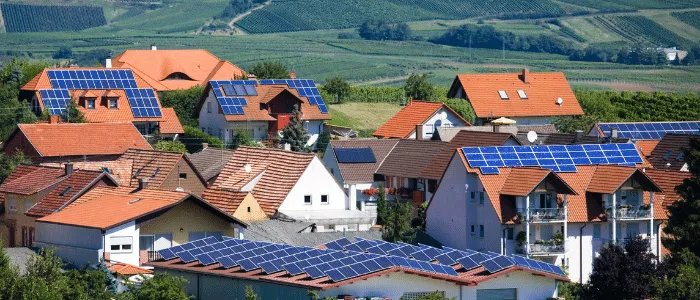
Solar Panels
A great way to make your home self-sufficient is to find alternative energy sources that you can use.
One of the most popular examples of this is solar power – using the abundance of sunlight to harness energy that will produce heat and electricity for your living space.
As solar panels have become much more affordable, it’s a viable option that should be taken into consideration if you truly want to live in a more self-sufficient space.
Depending on your needs and your situation, there are different types of solar panels to consider – Monocrystalline, Polycrystalline and Thin film.
Each of these come at a different price point and efficiency level. Solar panels are great for your budget because they can save you a ton of money on annual energy costs each year.
Not only that, but they can also improve the resale value of your home if you ever decide to sell.
The best part is, using the natural energy of the sun is a great way to help the environment by reducing greenhouse gas emissions and our dependence on fossil fuels.
This provides a better future for yourself and the planet at the same time.
Use Your Backyard Space
Making the most of the space you have is an important part of becoming more self-sufficient.
This includes any backyard space, no matter how big or small it might be.
An obvious choice would be to use this area to cultivate a garden full of fresh fruits and vegetables.
By growing your own food, you are not only providing the healthiest options for your family, but saving a ton of money by not having to stock up on expensive produce at the grocery store.
Plus, having your very own food supply is a huge step towards a more self-sufficient lifestyle.
Although a garden takes time and effort to maintain, the benefits far outweigh the cost.
If you don’t have a ton of space, at least consider planting some of your favorite herbs or pick out a couple veggies to plant that you always buy at the store.
Small steps like this will get you so much closer to your goal of freedom and independence.
Downsize
This doesn’t necessarily mean tossing out everything you own and moving into a tiny home (unless, of course, that’s your thing).
However, there is something to be said about ridding your life of all the unnecessary items that clutter up the corners.
If you want to create a more self-sufficient space, adopting the less is more mentality ranks high on the importance scale.
Without realizing it, our own living space can be a major contributor to the stress and anxiety we feel.
Often, we get weighed down by the material possessions and clutter that comes from living in a consumerist society.
It’s so vital that your home is a place of comfort, healing, and joy that reflects your values and the things that are most important to you.
For this reason, downsizing from all the stuff is on the list of to-dos’ when you want to build a self-sufficient life and home.
Stock up on Essentials
As you start to transition towards a more self-sufficient lifestyle, there are certain essential items that you are going to want to stock up on to make life easier.
Depending on how far off the grid you want to go, this list may look different for everyone, but there are some must haves to get you started.
For example, gardening tools, mason jars, seeds, medical supplies, propane tanks (for cooking and heating), gloves, candles, oil lamps, flashlights, duct tape, lighters, matches and batteries are a few necessary items at the top of the list.
As you get further into your journey, this list will probably get longer, but as a beginner, stick with the basics and work your way up from there.
You’ll have peace of mind knowing that everything you need is within arm’s reach in the event of an emergency.
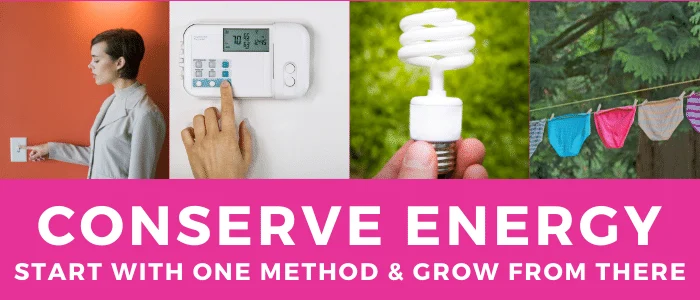
Conserve Energy
One of the first steps in creating a more self-sufficient home is to conserve the amount of energy that it takes to make it run – and reduce your dependence on it, too!
Conserving energy not only benefits you by reducing your monthly electric bill, but it also promotes a healthier, safer environment for us and our animal friends.
Start small and make little changes to your daily routine. Turn down the thermostat in your home or dry your clothing on the line outside instead of in the dryer (weather permitting, of course).
Wash your clothing in cold water or try having a no power night where you shut off all the lights and the TV, fire up some candles and cook up a meal outside over the fire pit or BBQ grill. Give the dishwasher a break occasionally and wash your dishes by hand instead.
You will start to notice a big difference in how your home functions as you begin to make some of these changes.
By reducing your dependence on machines, technology, and the power it takes to run them, you are creating a home that will strongly support the self-sufficient lifestyle you desire.
Use a Woodburning Stove
A great alternative to keep you warm on those chilly winter nights would be to install a woodburning stove into your living space. Woodburning stoves are great for the environment – the more logs you use, the less carbon emissions you produce.
A few added benefits would be that they require very little maintenance and help to reduce your energy bills each month.
If you’ve never used one before it may take a little trial and error getting used to it, however, don’t let that sway you from trying one out.
Just remember to read the manufacturer’s instructions and make sure you choose the right kind of fuel – a dry, seasoned wood like ash, oak and maple are the best.
Having an alternative heating source like this may be a little pricey to install at first, but the money you save will more than make up for the upfront cost.
Plus, the ability to come in out of the freezing cold to feel the warmth of a real fire on your feet is more than enough reason to opt for this type of heat source for your home.
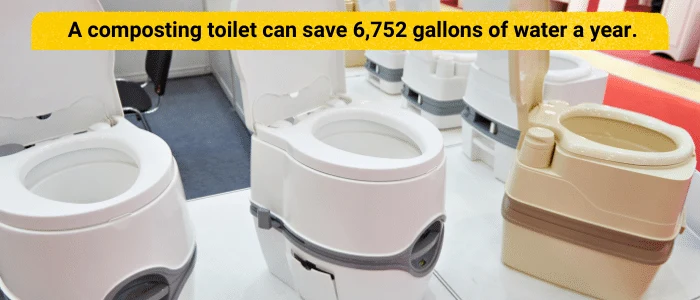
Install a Composting Toilet
If you’re like most people, you may assume that composting toilets are like porta-potties or an outhouse toilet. This couldn’t be further from the truth.
A composting toilet is a great practical solution that will help you reduce your water usage, lower your monthly expenses, and benefit the environment as well.
In short, a composting toilet turns solid waste into compost that can then be used to improve your current soil structure.
Compost helps the soil retain important nutrients and protects current and future plants from common diseases. Plus, it also helps to feed any of your resident earthworms, so there is that.
Aside from being somewhat pricey, one of the biggest cons is just the added manual upkeep and maintenance.
However, if you’re looking for a great way to help the planet, keep your costs down in the long run and be more self-reliant when it comes to how your home functions, keep a composting toilet or two in the back of your mind.
Reduce, Reuse, Recycle
Over 200 million tons of waste reaches the landfills every single year. It’s hard to fathom a number this staggering, however, not all hope is lost.
There are several simple ways you can create an (almost) waste free residence by adopting the reduce, reuse recycle method in every room of your home.
For example, instead of stocking your kitchen with disposable items like paper towels, garbage bags, plastic baggies or aluminum foil, opt for reusable dishrags (you can even make these out of old t-shirts), glass containers (for storage), and even a composting bin for all your compostable food and paper waste.
Ditch the store-bought cleaners for all-natural products like baking soda and vinegar, and open a window instead of plugging in a toxic air freshener. During mealtime, opt for dishes that are made of ceramic or glass instead of all those paper plates.
Being intentional when you shop will change your life. It not only reduces the amount of “stuff/waste” you bring into your home, but it creates a healthier, happier living space for you and your family.
More To Discover
- Can You Compost Yogurt? Dairy in Your Garden Guide
- Glitter Ban: Sparkling Menace to Microplastic Pollution Crisis
- The Ocean Holds Over $500 Trillion Worth of Uranium and Scientists Just Discovered How To Harvest It For Sustainable Nuclear Fuel
- How New Tax Rules Will Make It Cheaper To Go Green And Connect To The Grid
Creating a home that supports your self-sufficient lifestyle, is one of the best ways to ensure your future success. Your living space can truly affect your mood, your mindset, and your motivation to achieve your goals.
It’s important to make sure you do everything possible to create a space that aligns with your vision and your values.
By trying one or more of these ideas, you are taking the next step towards reaching a lifestyle that is built around freedom, independence and living each day on your own terms.











